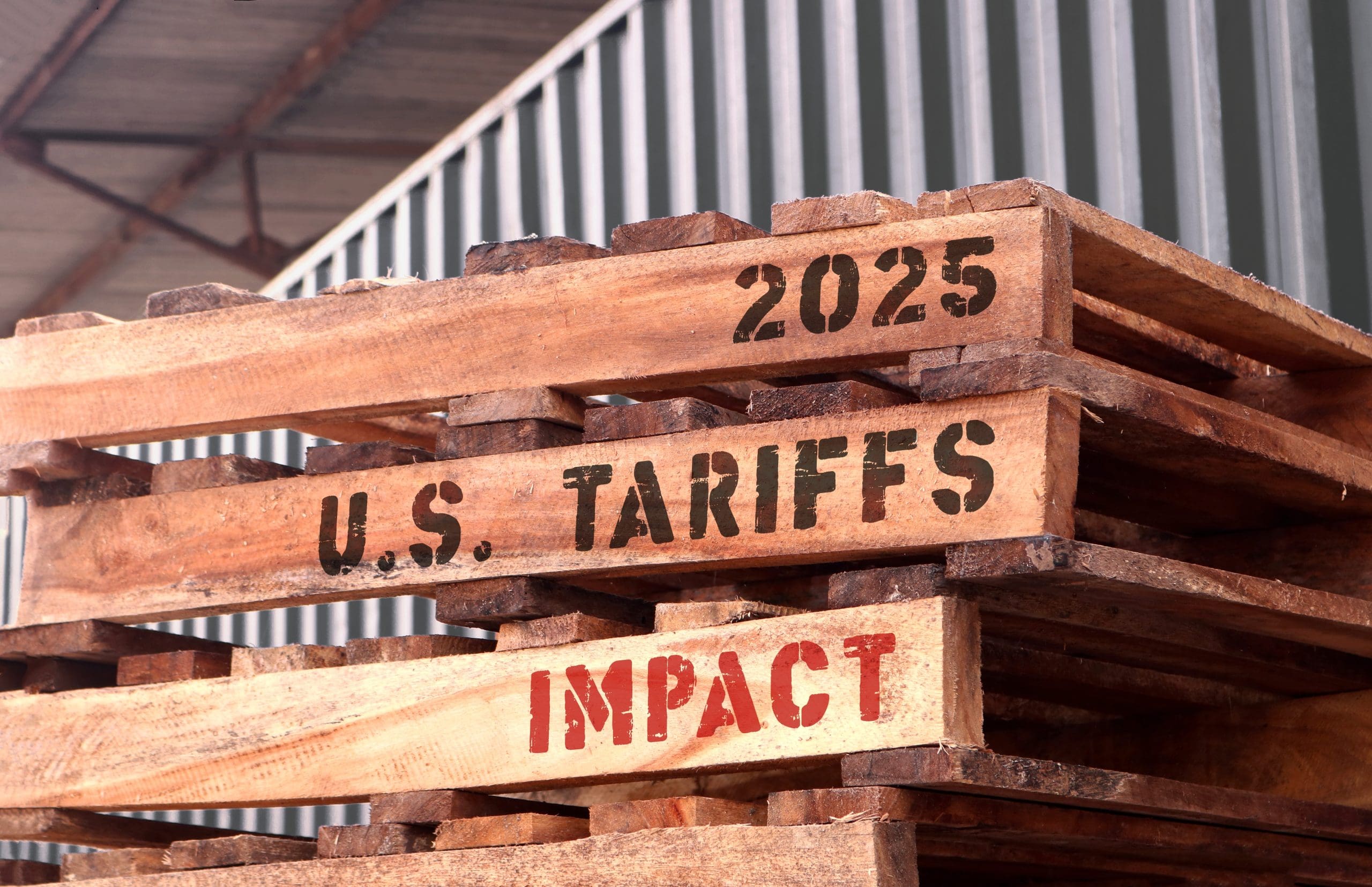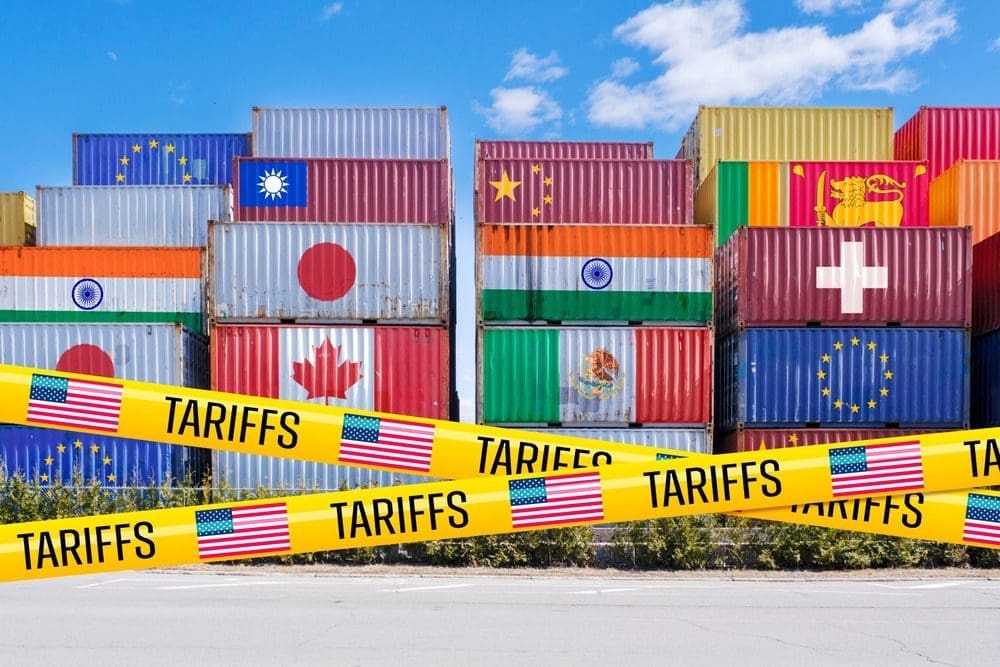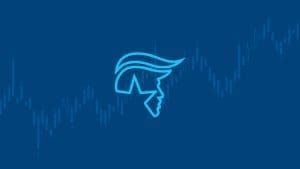
The new tariff regime is now broad and biting, and the bill is starting to show up in earnings calls and price tags.
Recent research from Goldman Sachs suggests most of the near-term cost has been shouldered inside U.S. borders rather than overseas. And as contracts roll and inventories turn over into the fall, more of those costs are expected to reach consumers.
Here’s everything we know about who is paying for tariffs so far.
At a Glance: Who Paid So Far

- U.S. companies: 64% of the tariff costs, largely via squeezed profit margins.
- U.S. consumers: 22% of the tariff costs, via higher retail prices so far.
- Foreign exporters: 14% of the tariff costs, via lower pre-tariff prices and concessions.
These are early estimates from Goldman Sachs that will evolve as more data rolls in and as firms adjust pricing and sourcing.
How the Costs Flow

Importers pay tariffs at the border. From there, costs are split three ways: some are eaten by U.S. firms (thinner margins), some are offset by foreign suppliers who cut prices to defend market share, and some are passed to consumers. In protected categories, some U.S. producers have also raised their own prices, taking advantage of reduced foreign competition.
Why Consumers Likely Pay More by Fall

- Pass-through ramps over time: As inventory priced before the tariffs sells through and
contracts reset, more of the tariff bill is expected to be passed on. - Baseline assumption: By autumn, companies are expected to pass on roughly
~70% of the direct tariff costs to consumers via higher prices. - But not everywhere at once: Competitive pressure and discounting can delay or blunt
pass-through in some categories.
Where You’ll Feel It

- Everyday goods: Apparel, footwear, small appliances, tools, and housewares are vulnerable
given heavy import content. - Big-ticket items: Autos and electronics face higher input costs that can lift sticker prices
or reduce promotional activity. - “Protected” niches: Domestic producers with new tariff shields have more room to nudge prices up.
What It Means for Corporate Earnings

If companies keep absorbing a large slice of the tariff tab, margins compress—especially for retailers, brands, and manufacturers with high import exposure. A sustained rise in the average U.S. tariff rate mechanically drags on S&P 500 earnings, even before considering second-order effects like a stronger dollar or retaliatory moves abroad.
The Fine Print

- Early data: The June breakdown reflects initial behavior; shares can shift quickly as
contracts, input sourcing, and pricing strategies change. - Sector differences: Highly competitive, low-margin categories often absorb more up front;
concentrated or “protected” sectors can pass through sooner. - Lag to CPI: Consumer-price effects typically show up with a delay versus corporate cost hits.
Predicting what’s next

According to the prediction market Kalshi:
- There’s only a 12% chance of a recession happening this year, as the economy proves resilient in the face of volatile trade policies and uncertainty.
- 2.7% CPI is forecasted in July
- The Federal Reserve is expected (76% chance) to cut rates by 25bps at the next Fed meeting in September
- Inflation for 2025 is expected to come in around 3%
Bottom Line

So far, U.S. companies have borne the bulk of the tariff costs, with consumers feeling some, though not yet most, of the pain.
As the year progresses, expect the consumer share to rise toward the majority of the direct costs, unless competitive dynamics or policy changes alter the pass-through path.
























